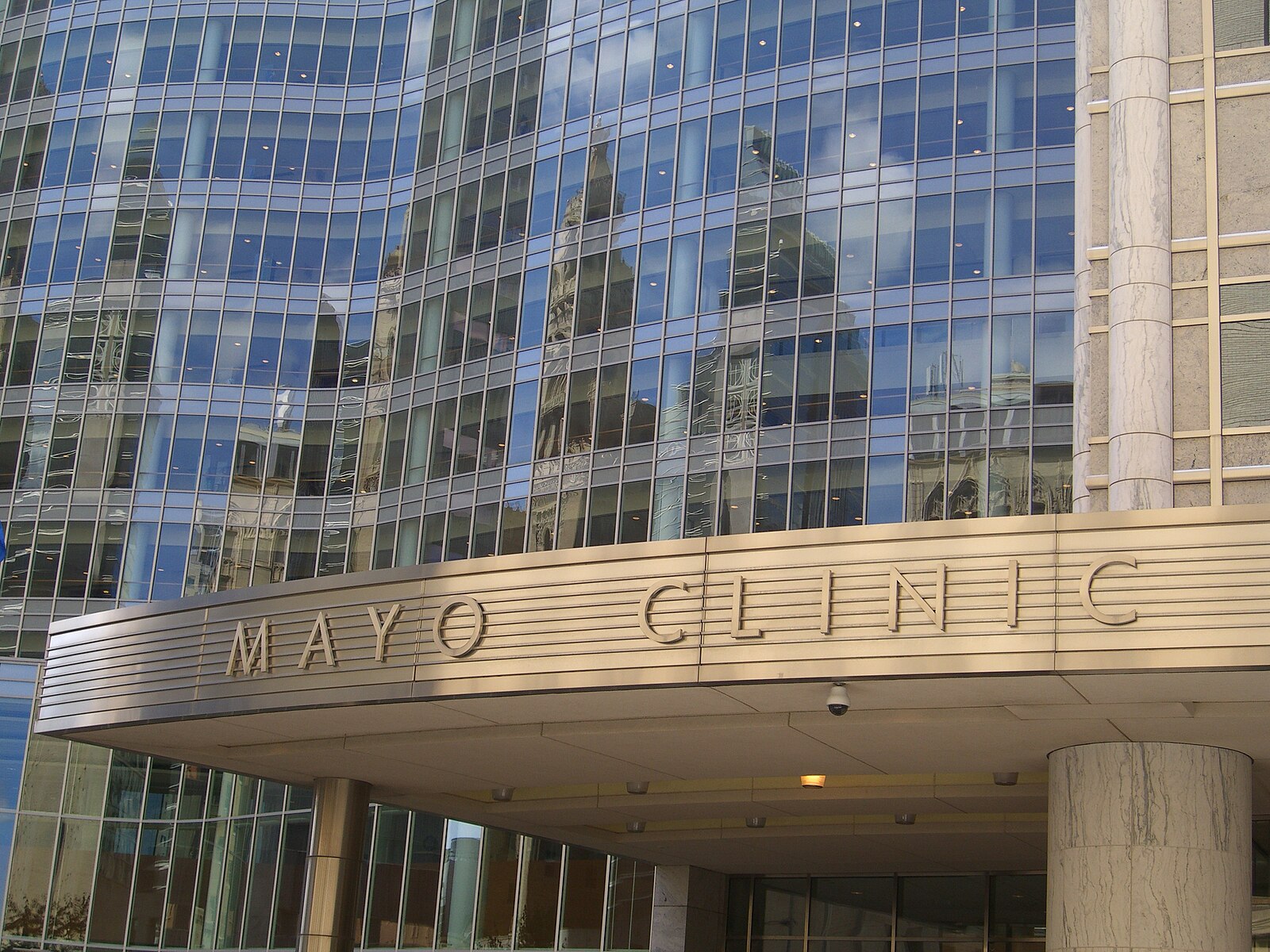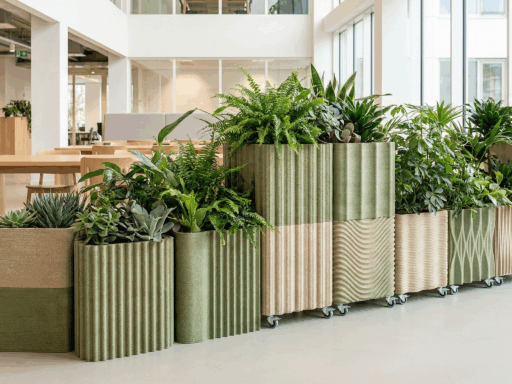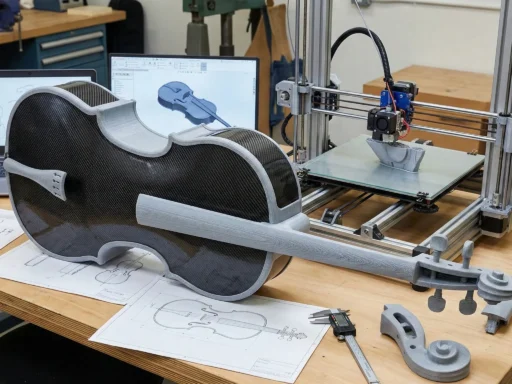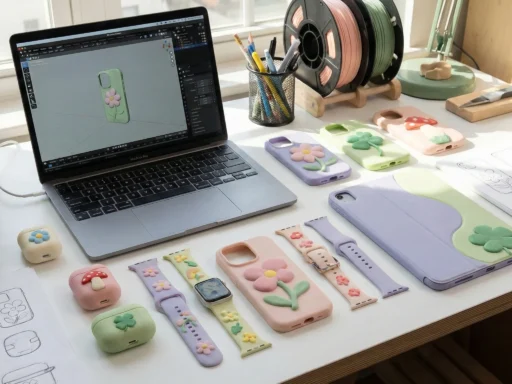Researchers at the Mayo Clinic have developed a revolutionary 3D bioprinting process using human cells, known as bioinks, to create tissue-like structures that mimic human skin. The technology holds promise for a more accurate study of inflammatory skin diseases like atopic dermatitis.
Saranya Wyles, M.D., Ph.D., a dermatologist involved in the research, explained the significance of this development in a Mayo Clinic press release. According to Wyles, the 3D model represents “the most human-like skin model” for studying skin conditions. The technology offers more reliable and representative human equivalents for studying inflammatory and rare skin diseases than previously used animal models. She believes it will provide a better understanding of underlying pathology, drug testing, and potential effects on patients.
The bioprinting process employed by the researchers uses bioinks made from human cells to print three-dimensional structures resembling natural tissue. These bioinks function similarly to printer ink cartridges. “We can print the skin from cells of patients with atopic dermatitis or eczema,” Wyles said. The system enables the use of up to six different cell types to model and recreate human skin tissue.
The printing process is akin to layering a tiered cake with different cell types, Wyles explained. “You start at the bottom (the dermis), then you add the next layer (the epidermis), and the scaffold material acts as the frosting to connect the layers. The printed skin is put into an incubator where the cells can communicate with each other, expand and form bioprinted skin.”
The technology could transform clinical and laboratory practice, Wyles noted, by providing a more accurate model for recreating disease, creating surgical grafts, and testing new therapies. However, more research is required to bioprint an exact replica of “patient-specific” human skin with atopic dermatitis.





